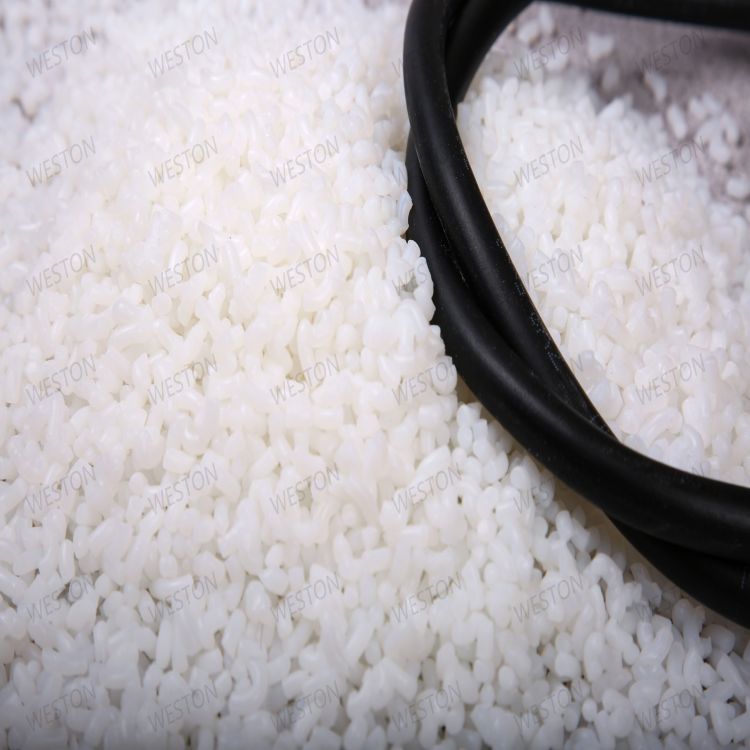-
Categories
-
Pharmaceutical Intermediates
-
Active Pharmaceutical Ingredients
-
Food Additives
- Industrial Coatings
- Agrochemicals
- Dyes and Pigments
- Surfactant
- Flavors and Fragrances
- Chemical Reagents
- Catalyst and Auxiliary
- Natural Products
- Inorganic Chemistry
-
Organic Chemistry
-
Biochemical Engineering
- Analytical Chemistry
- Cosmetic Ingredient
-
Pharmaceutical Intermediates
Promotion
ECHEMI Mall
Wholesale
Weekly Price
Exhibition
News
-
Trade Service
2.
Processing of multiple keys
When there is a double bond or triple bond between the atom and the center of a non-VIA element, the number of electron pairs in the valence layer is reduced by 1 or 2 respectively
.
For example, ethylene H 2 C=CH 2 , with the left carbon as the center, the central valence layer has 4 pairs of electrons, due to the CC double bond minus a pair of electrons, the number of electron pairs is 3, and the molecule is a plane triangle
3.
Factors affecting bond angle
1) The influence of lone electron pair
The concentration of the negative charge of the lone electron pair will repel other bond electron pairs and make the bond angle smaller
.
For example, the HNH bond angle in the NH 3 molecule is 106°42', the lone electron pair on N repels the bonding electron pair so that the bond angle is less than 109°28'; the HOH bond angle in the H 2 O molecule is 104°31', O There are 2 lone electron pairs to make the bond angle smaller
2) The effect of multiple keys
For H 2 C=CH 2 molecules, due to the large electron cloud density of the double bond, the repulsive force against the CH bond is large, and the HCH bond angle becomes smaller, less than 120°
.
3) The influence of central electronegativity
The ligands are the same, the electronegativity of the center is large, so that the bonding electron pair is close to the center, the mutual distance between the bonding electron pair is small, the repulsive force is large, and the bond angle becomes larger
.
E.
NH 3 (107°)>PH 3 (93°)>AsH 3 (92°)
4) The influence of the electronegativity of the ligand
When the center is the same and the electronegativity of the ligand is large, the bonding electron pair is far from the center, the mutual distance between the bonding electron pair is large, the repulsive force is small, and the bond angle becomes smaller
.
E.
PCl 3 (100°)<PBr 3 (101.
5°)<Pl 3 (102°)
The theory of mutual exclusion of electron pairs in the valence layer can predict the change trend of the spatial configuration and bond angles of ABn-type molecules or ions formed by the main group elements, but it cannot explain the formation of covalent bonds.
It is useful for predicting that the number of electron pairs in the central valence layer exceeds 6 The spatial configuration of the molecule is not applicable
.
For example, the IF 7 and XeF 6 molecules with a valence layer of 7 electron pairs have molecular configurations of pentagonal bipyramid and single-capped octahedron, respectively
4.
[Example 6-4] Predict the molecular configuration of BeCl 2 , CO 2 , SO 2 , NO 2 , SO 3 , and COCl 2 in gaseous state
The solution results are as follows:
[Example 6-5] Predict the configuration of POCl 3 , I 3 + , NH 4 + , SCl 2 , SO 3 2- , SOCl 2 molecules or ions
The solution results are as follows:
[Example 6-6] Predict the configuration of PCl 5 , SF 4 , CIF 3 , XeF 2 , I 3 - molecules or ions
The solution results are as follows:
[Example 6-7] Predict the configuration of SF 6 , SiF 6 2- , BrF 5 , XeOF 4 , XeF 4 , ICI 4 - molecules or ions
.
The solution results are as follows:
Related links: The theory of mutual exclusion of valence electron pairs (1)







